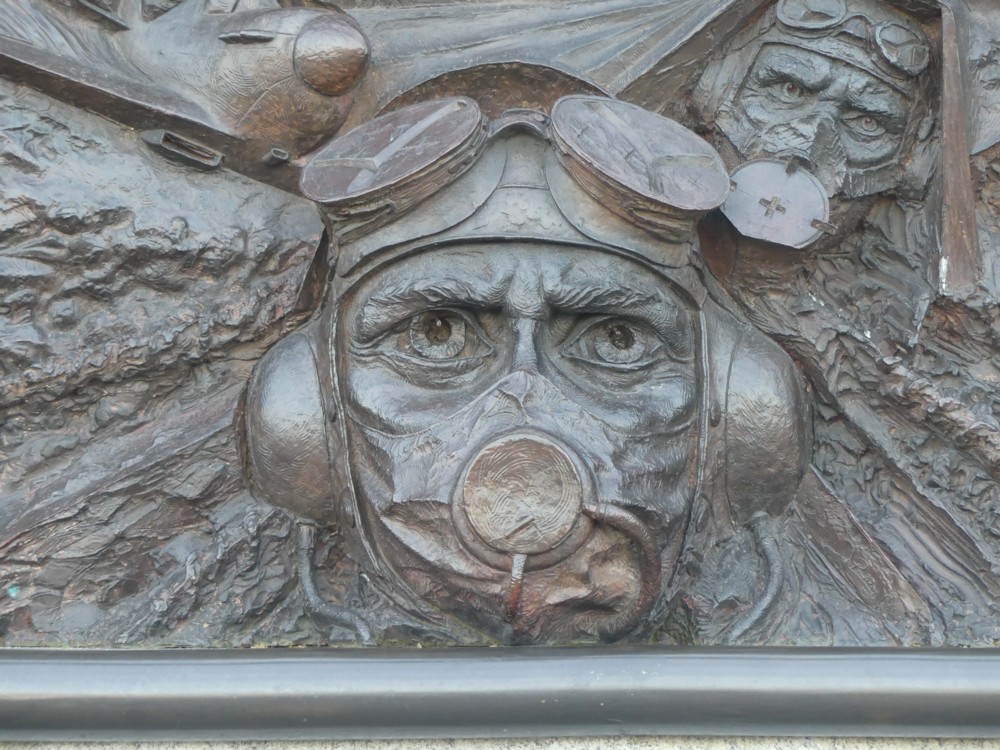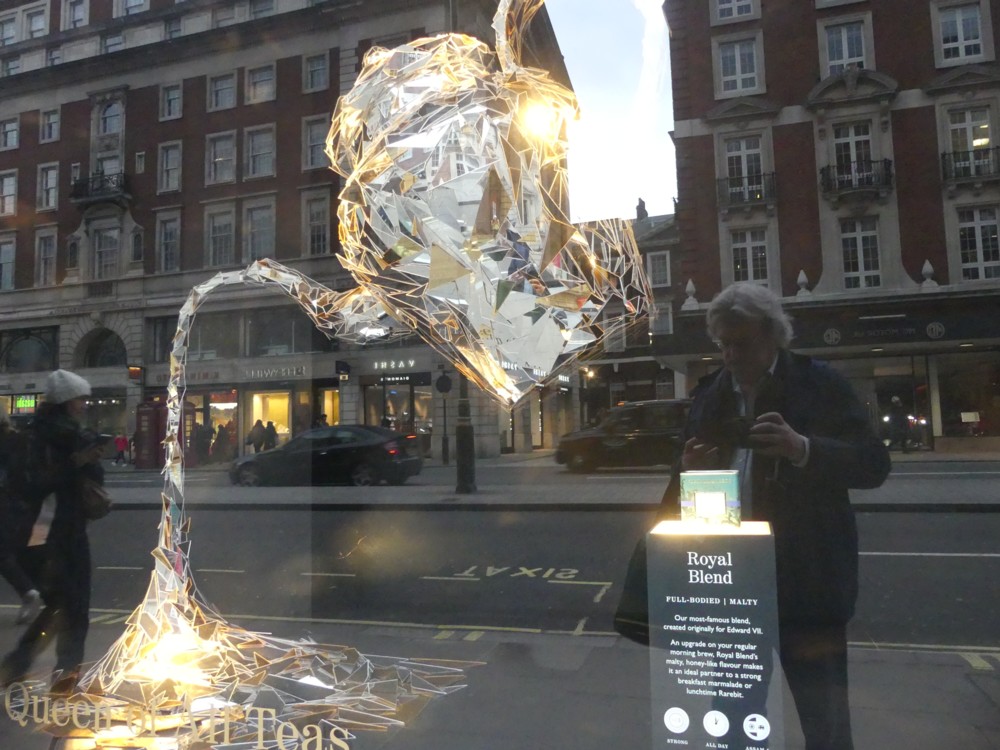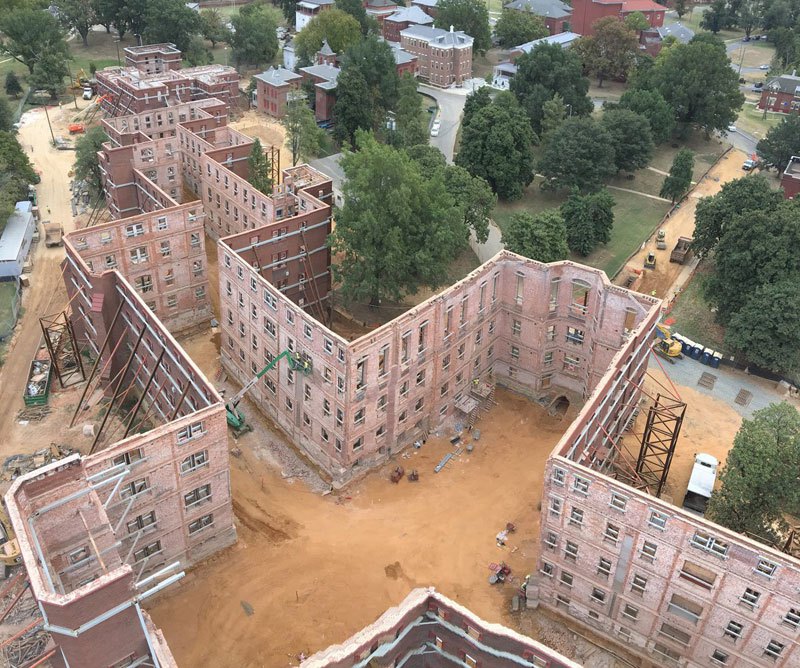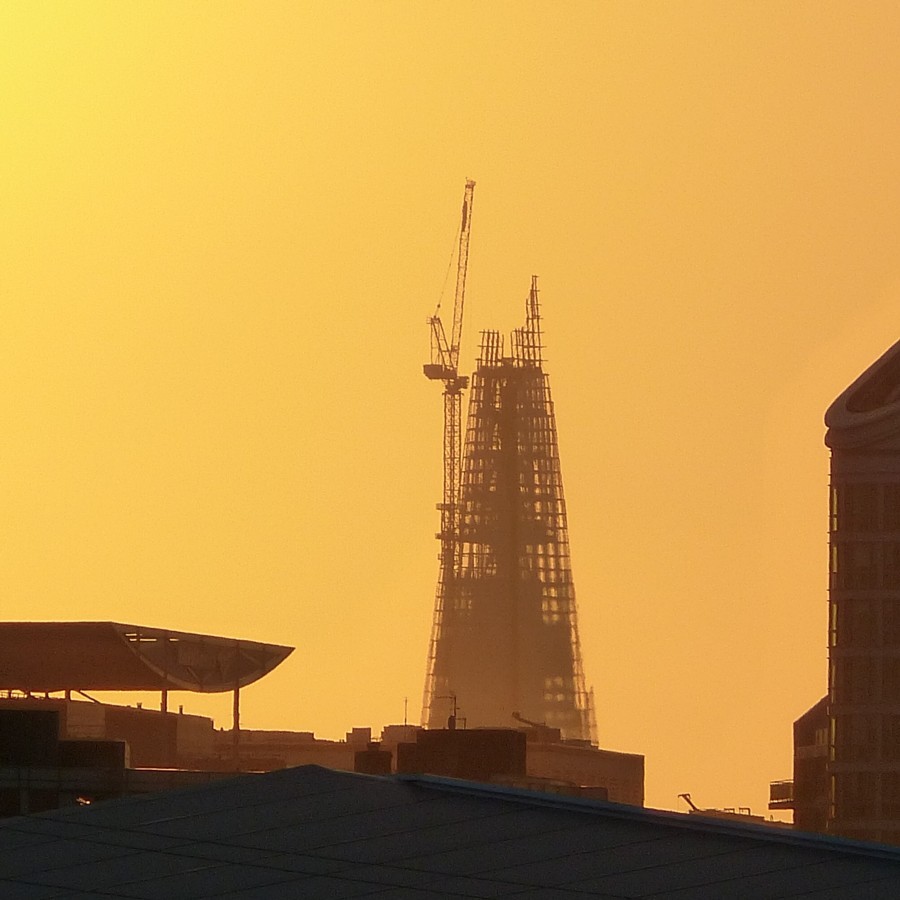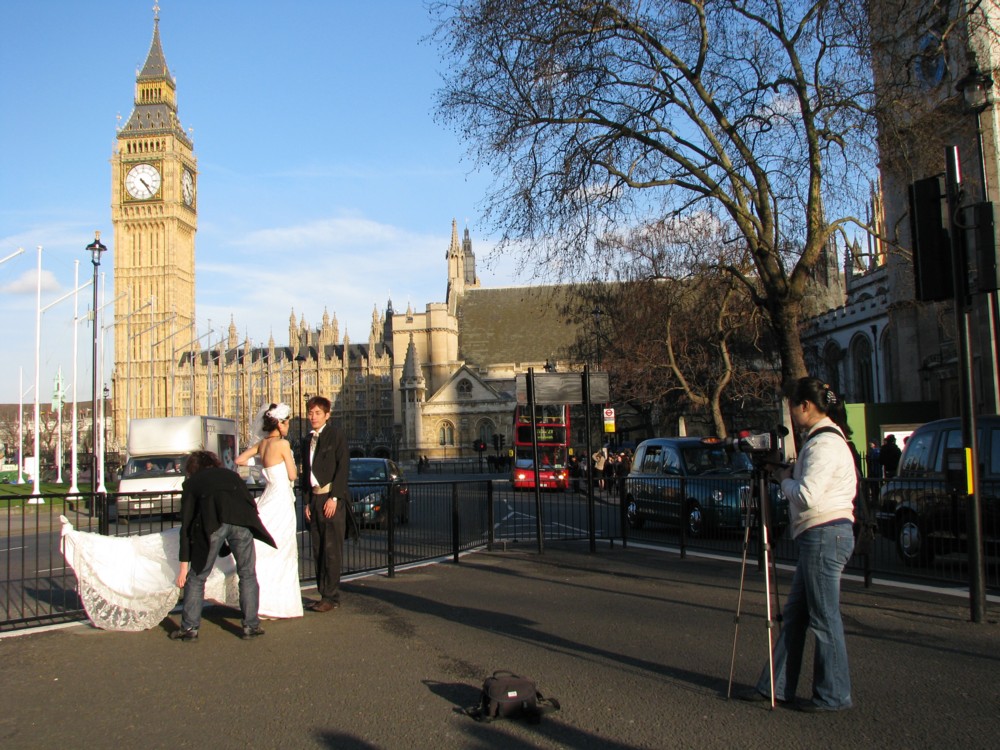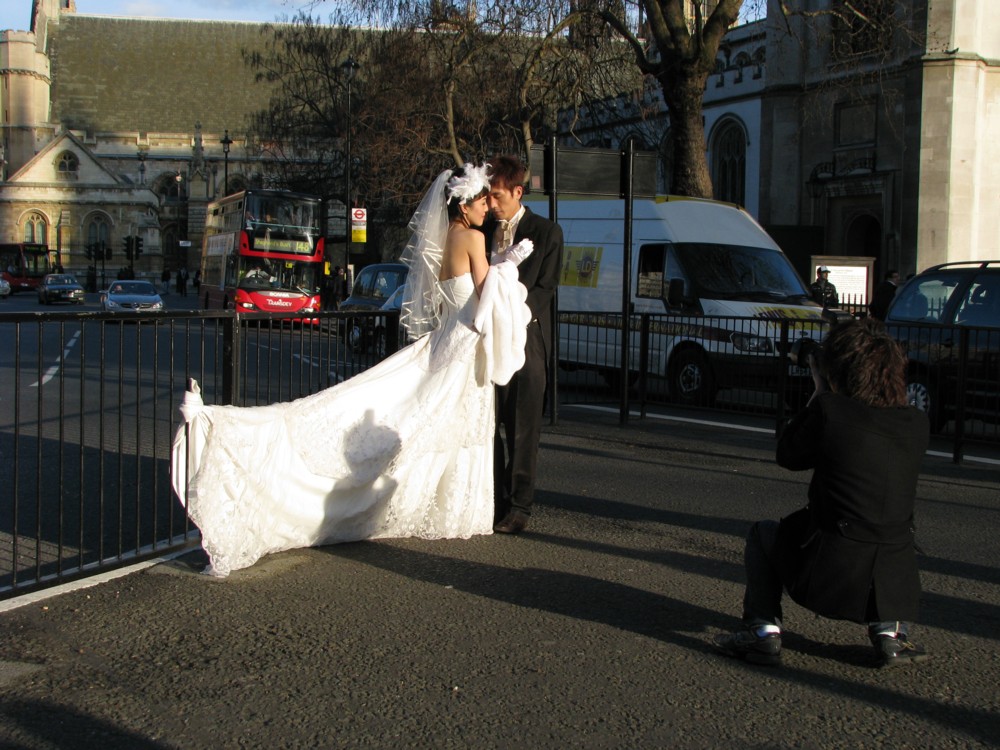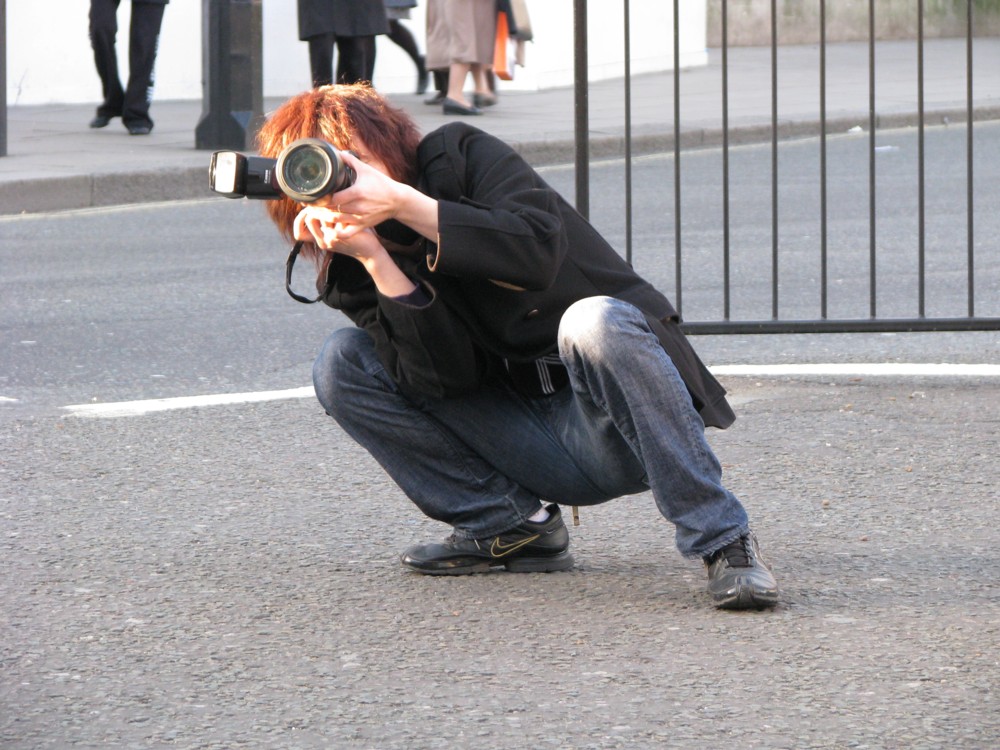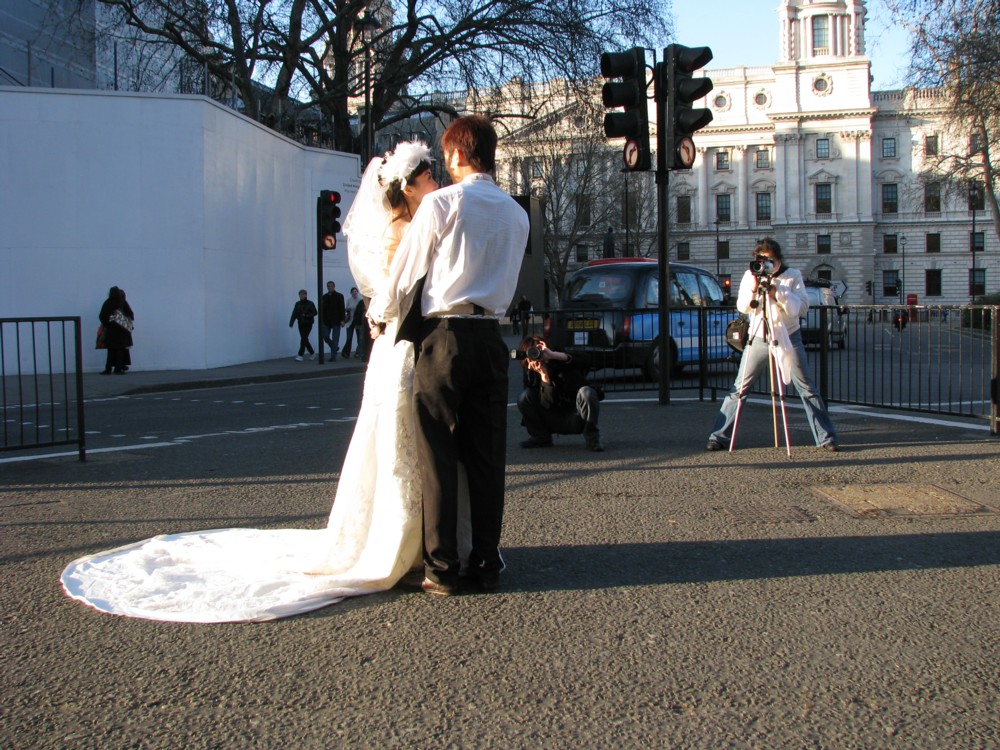GodDaughter2 having dragged me into London at the crack of 10.30am (which is when that Traviata dress rehearsal started), I of course got to Embankment Tube early, on account of being so scared of being late. I had some time to kill.
So, instead of turning left at the Embankment Tube ticket machines and just trudging up Villiers Street to Trafalgar Square and on to the ENO’s Colosseum, I instead turned right, and went up onto the north London end of the downstream version of the Hungerford Footbridge(s). It’s a favourite little spot of mine, concerning which, maybe, there will (although I promise nothing) be more here, soon or whenever.
For now, consider just this one photo, taken from that spot, at that time:
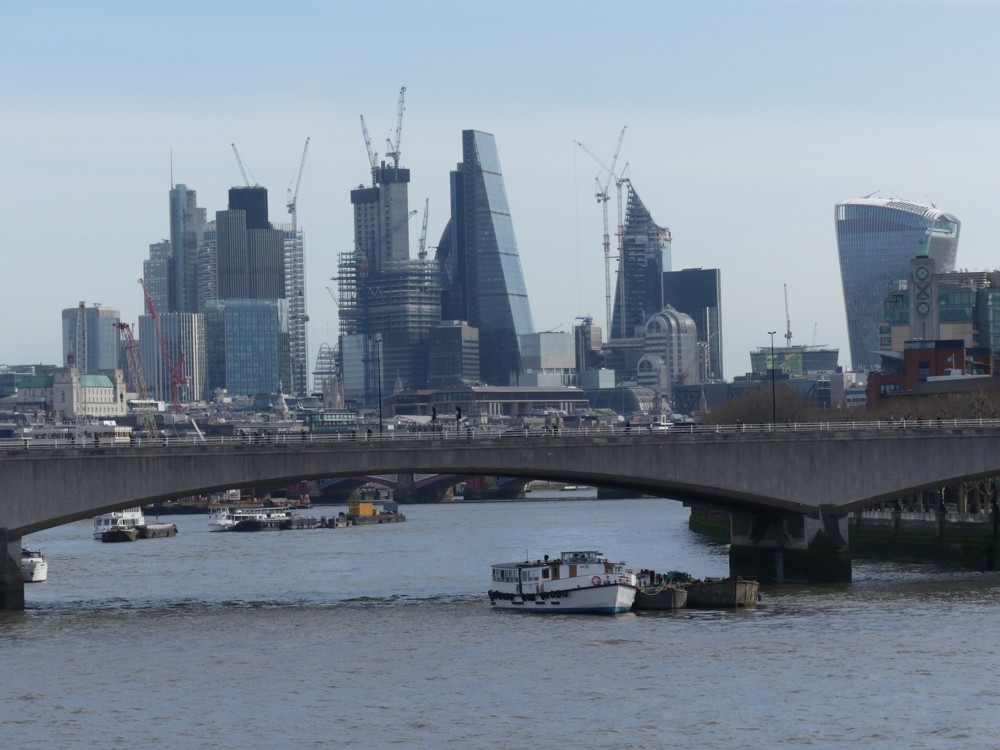
Because it is the morning, the light is not what I am used to. The Big Things of the City of London are not well light, because back lit.
The big picture story here is that the Big Things of the City of London are, slowly but surely, metamorphosing into one Great Big City Thing.
But when I got home and had a closer look, I was intrigued to see two moderately Big Things already clearly to be seen.
You probably noticed this one already:
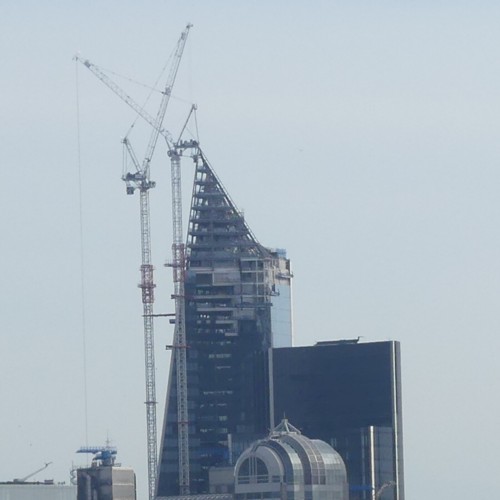
That’s the Scalpel. That the Scalpel has been going up has been obvious for some time.
But this one came as rather more of a surprise. This detail had to be enlarged, or you might miss it, as I did, until I got home and looked carefully:
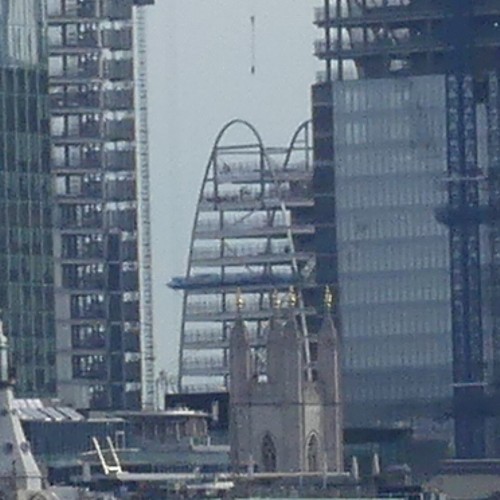
That, ladies and gents, hiding in among all the bigger Things, is the much touted but seemingly never actually happening (but it actually is) Can of Ham:
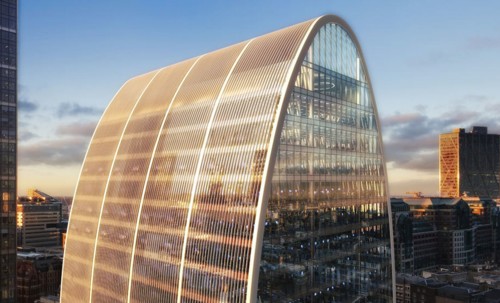
The Can of Ham is called that because it will look like a can of ham:
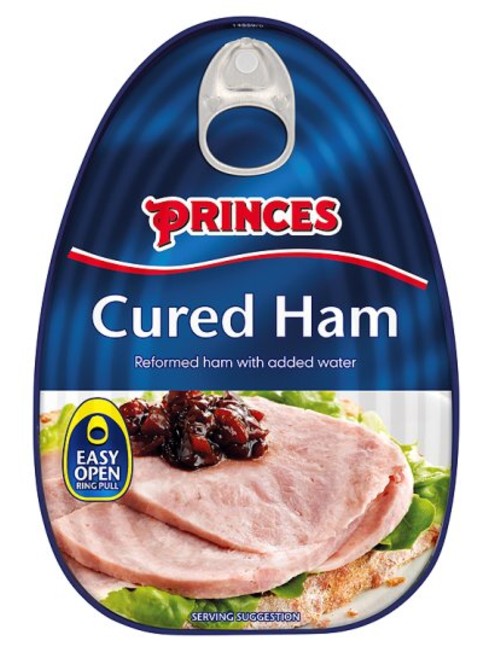
Come to think of it, I have a vague recollection of visiting those Big City Things, about … a while back. Bear with me while I rootle through the photo-archives.Yes, here we go. I was there on June 3rd, last year.
The Scalpel was already well under way, thanks to some particularly entertaining cranage:

And it definitely was the Scalpel, because it said so at the bottom:
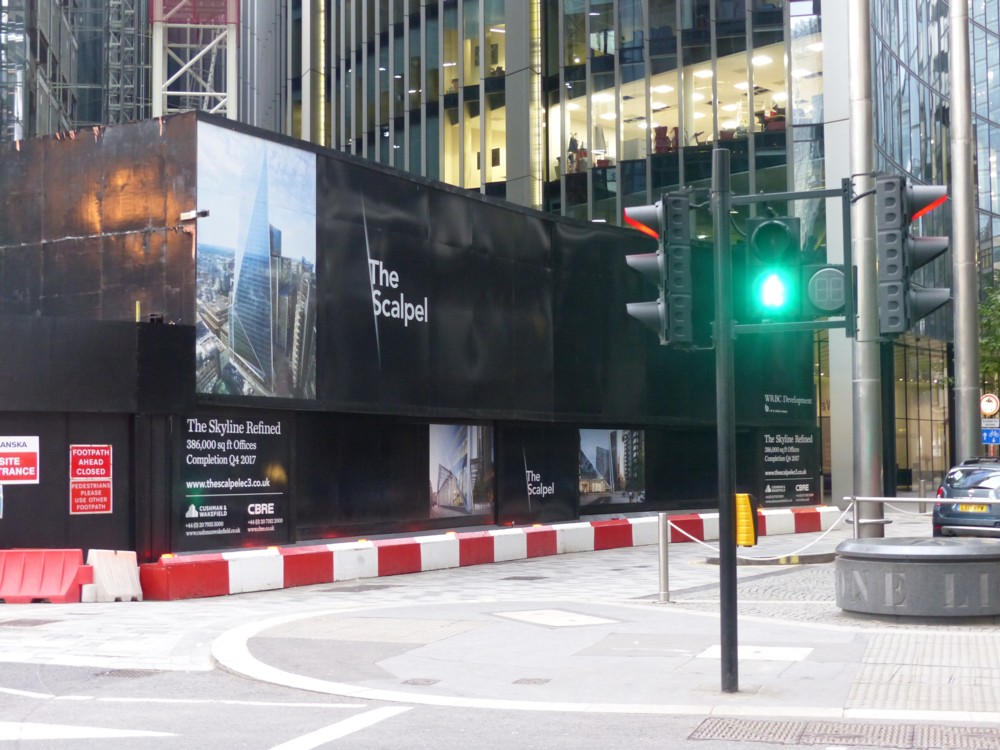
But the Can of Ham was also already starting to go up:
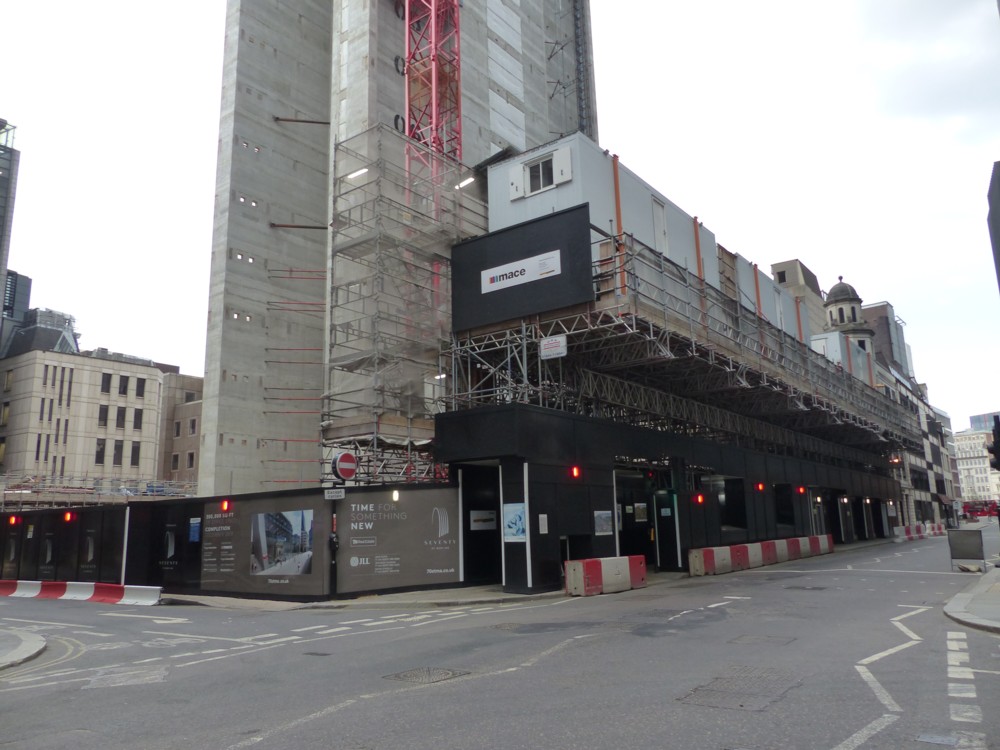
As you can clearly see if you take a closer look at what it says at the bottom there:
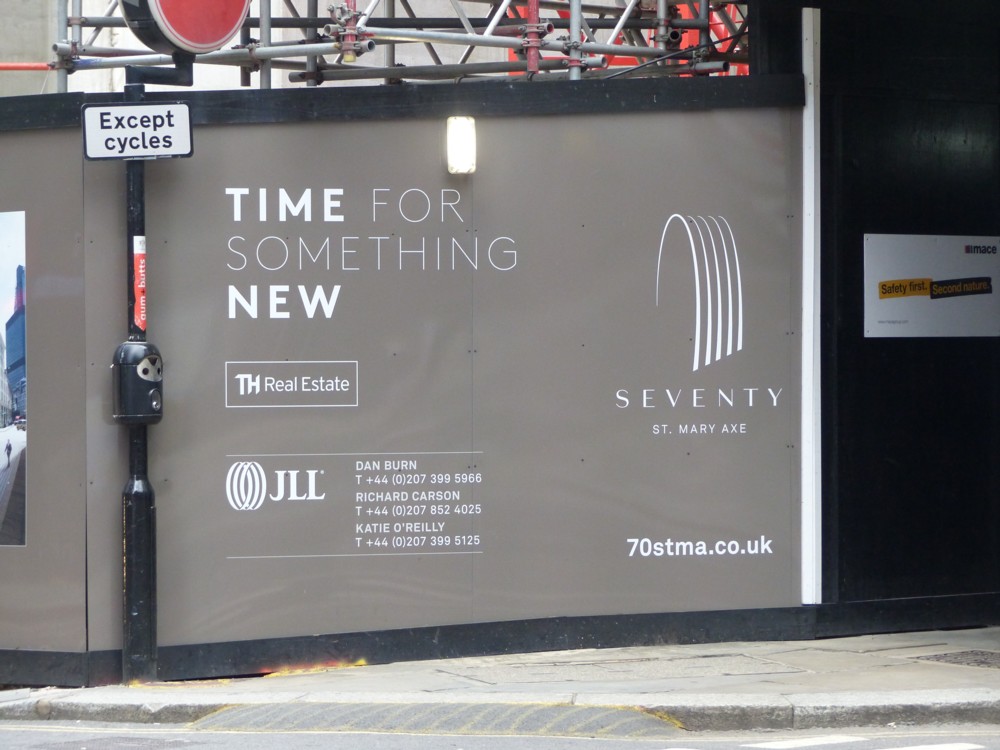
By trying to call this thing “Seventy St. Mary Axe”, but by making it look exactly like a can of ham, and quite a big and visible one, big enough and visible enough for it to need a particular and memorable name, they screwed up on the naming front. It was only ever going to be called the “Can of Ham”.
Some bunch of idiots long ago tried to get the Gherkin called 30 St Mary Axe, and that never stuck either.
50 St Mary Axe is also a Thing, but such a small Thing that nobody cares what that’s called, so that actually is called 50 St Mary Axe.

